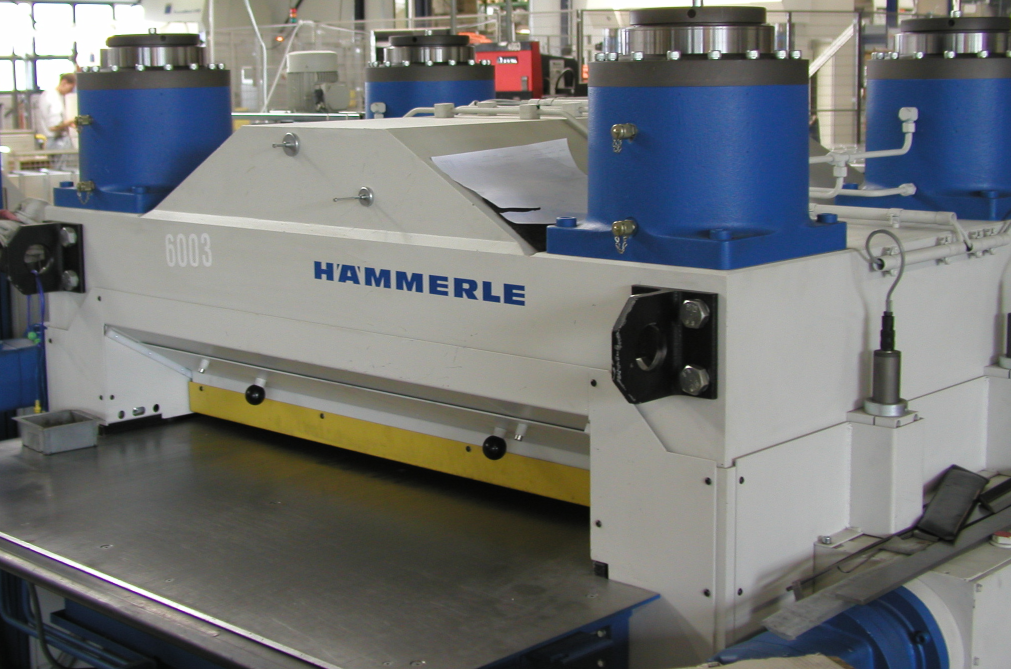The range of material thickness and width that a straightener is capable of processing is an important consideration in equipment specification. Insufficient attention to this variable can lead to deflection of the machine’s work rollers and end journals, resulting in marked materials or broken work rollers.
Thicker materials require larger-diameter work rollers with less centre distance spacing to effectively stretch and compress them. This can dramatically impact the power required to operate a straightener.
Straightening Process
Straightening is a metal forming process that uses the application of tension to reduce internal stresses. It is achieved by alternating stretching and compressing the upper and lower surfaces of the material to exceed its yield point. This results in a reduction of these stresses, which allows the work surface to return to its initial flat state without distortion.
Straighteners are designed to process a range of material thicknesses and widths. The ability of a machine to do this is contingent upon the proper configuration and use of a variety of components including pinch roll pressures, drive strength, drag brake capacity and work roller depth settings.
Most straighteners utilize a method of calibration for the upper work roller depth setting which defines the ‘zero’ or ‘home’ position for this roller. This is a location that maximizes the back-bending capacity of the machine for a particular line width and material thickness. This is important because excessive deflection of the work rollers can result in reduced straightening efficiency and in extreme cases, broken work rollers.
Straightening Machines
The bending and straightening of metal products is accomplished by using various types of machinery. Straightening machine are designed specifically for each product type and to achieve an optimum level of straightness. They may be powered or unpowered.
There are several factors that influence the power required to operate a straightening machine, including the maximum material thickness and width. The type of material also influences its yield point. For example, steel and aluminium have different yield points. Additionally, the work roller diameters and centre distance spacing impact the power requirements.
To avoid excessive bending or straightening of the stock, the yokes at each end of the straightener are typically set to yield at much lower loads than the central bending rolls. This enables them to flex in the direction of the incoming and outgoing stock. This helps to prevent crooked or end hooks. Additionally, cradle rollers at the inlet and outlet of the cross-roll straightener help position the stock as it passes through the roll pass, thus reducing whipping.
Straightening Techniques
Straightening involves elastic-plastic deformations that relieve internal stresses and homogenize those which cannot be removed. This results in elongation of the material, which reduces stress concentrations and leads to better flatness. Different metals, and different thicknesses of the material, require a specific set of roller diameters to achieve optimal straightening results.
A straightener is most often characterized by its number of work rollers and their size. Typical machines have between 5 and 11 work rollers. Straighteners and flatteners are generally distinguished by their large-diameter, widely spaced rollers which are not backed up.
Corrective levellers, on the other hand, have small-diameter, closely spaced rollers that are backed up by more than one set of work rolls. This allows them to flex the work rollers much more, which helps to remove camber, wavy edges and center buckles, as well as trapped stresses. Levellers also require a greater amount of power to drive the work rolls than do straighteners.
Straightening Equipment
Straightening equipment enables the metal working industry to produce and sell finished product in a more accurate way. It can be powered or unpowered. Powerful straightening machines have a maximum capacity that is influenced by the structure and design of the machine, the work roller diameter and centre distance spacing. It is also influenced by the pinch roll pressures, drag brake strength and the upper work roller depth settings.
It is important to accurately calibrate the upper work roller depth setting. Excessive roller penetration reduces the effectiveness of the machine and puts unnecessary stress on the drive components. Similarly, if the roller depth setting is inaccurate, it causes the machine to incorrectly bend and stretch the material, and this can lead to premature fatigue and failure of the work roll surface. This is why most straighteners are provided with a simple method of calibrating the height of the work rollers, for example a gauge and pointer combination.




